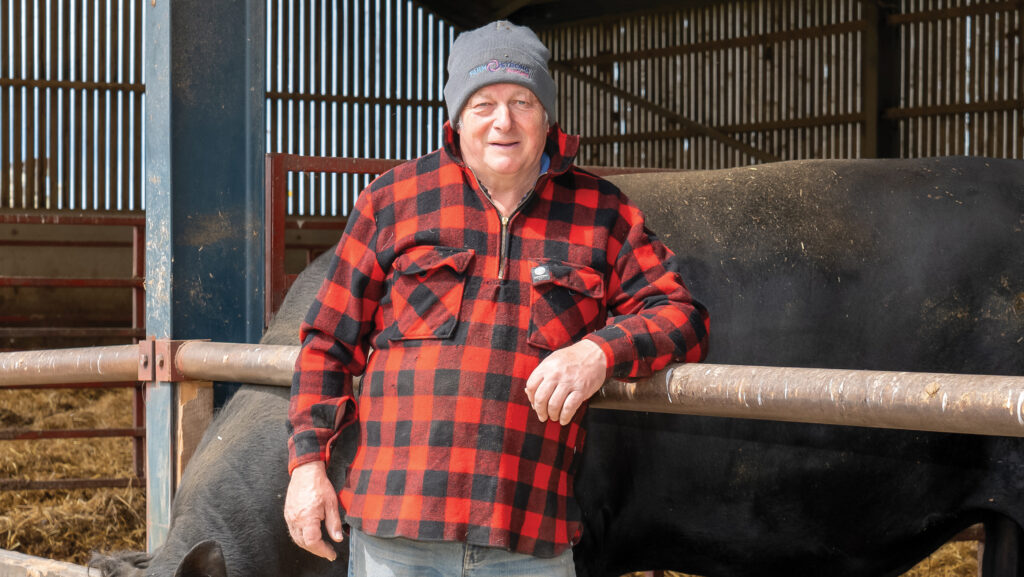Farmer Focus: Scotland feeds people, England feeds birds
 James Playfair-Hannay © Angus Findlay
James Playfair-Hannay © Angus Findlay What a week it has been, packed with key events that highlight the strength and future of our industry.
It all started in Stirling with the Aberdeen Angus and Beef Shorthorn bull sales.
This year’s offering I believe showed a noticeable improvement, with bulls displaying stronger, natural fleshing characteristics – traits that contribute to easier-keeping cows.
See also: Beef prices rocket in Scotland as destocking takes its toll
In an industry where profitability hinges on efficiency, it’s vital that suckler cows thrive on grass and forage-only systems.
The sale of an Angus bull for an impressive 32,000 guineas underscores the continued demand for these genetics.
From Stirling, I headed to Glasgow for the NFU Scotland (NFUS) conference and AGM in my role as chair of the Lothian and Borders region.
Guest speaker, first minister of Scotland John Swinney, offered a degree of clarity and encouragement for Scottish farming.
Two things came to mind. First, Scotland’s rural economy depends on food production, land management, and tourism.
Second, England seems more focused on feeding birds and bees than people. Yet with a population of 60 million, there’s a significant opportunity for Scotland to help meet that demand.
Having served on the NFUS board for a year, I’m confident that incoming president Andrew Connon, alongside vice-presidents Duncan McAllister and Robert Neill, will maintain a strong dialogue with the Scottish government to ensure a viable future for our industry.
They follow Martin Kennedy, who served with distinction as vice-president for four years and president for four more.
To round off the week, I travelled to Oxfordshire for the dispersal sale of Stanford Park Beef Shorthorns. What a sale it was.
The vendors, in partnership with McCartney’s auctioneers, left nothing to chance. The facilities and layout were first class, and the cattle looked outstanding.
While there were no overly inflated prices, the trade remained strong, and it’s clear that a few new herds were established. A job well done by the Stanford Park team.
Returning home, I heard another milestone had been reached – a new UK record price for an Aberdeen Angus bull.
Netherton Eclipse sold for an astounding 65,600 guineas, surpassing the previous record of 60,000 guineas set back in 1963. Congratulations to the McLaren family on this remarkable achievement.
A busy week, but one that reaffirmed the strength, resilience and opportunity within Scottish agriculture.

